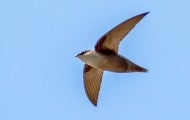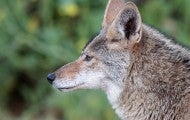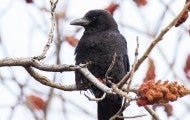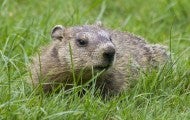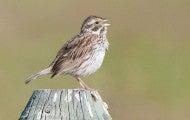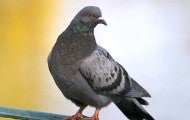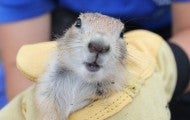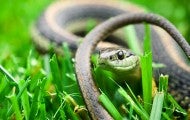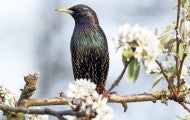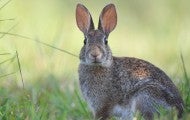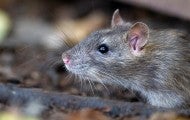Once robust, populations of cougars (also known as mountain lions or pumas) have declined drastically across most of their range in the Americas. The population decline is due to the impact of extensive hunting and predator control, in addition to continued habitat loss and fragmentation. Cougars...
If you spot a coyote in your neighborhood, relax: Most coyotes avoid people. “Seeing a coyote out during the day is not a cause for alarm, especially in the spring and summer when they’re out looking for food for their pups,” says Lynsey White, HSUS director of humane wildlife conflict resolution...
There are many different kinds of sparrows in North America. But, the house sparrow—the little brown bird we see hopping boldly on city streets—is the most widespread and most often in conflict with people. In fact, house sparrows are one of the most widespread animals on this planet. Likely this is...
Opossums get a bum rap. Often seen as pests and accused of everything from knocking over garbage cans to killing chickens, these quiet marsupials are rarely a threat and easily sent on their way. Learn More About Opossums Contents What are common problems and solutions with opossums? How can I keep...
Prairie dogs are one of the most controversial and widely misunderstood wildlife species in North America. Since early European migration onto the North American grasslands, prairie dogs have been celebrated as an essential keystone species for healthy grasslands ecosystems, but also vilified and...
Snakes instill a deep-rooted fear in many people that few other animals can match. Even other animals seem to put them in a special category; many wild animals recognize snakes as threatening, and some birds and monkeys even have special vocalizations for sounding an alarm when a snake is seen. But...
European starlings are widespread across North America. They eat a wide variety of foods and are willing to use a wide variety of places to nest and roost. This flexible nature helps them thrive in cities and suburbs as well as on farms. They are one of only a few birds who live in otherwise barren...
Mice, like all animals, like to stay warm and fed, and often spend their lives comfortably inside buildings without causing any problems. If you still need to show them the door, these humane tips will help you find them a new home. Learn More About Mice Contents How can I humanely remove mice? What...
There are several species of wild rabbits—most are Eastern cottontail rabbits—who live across most of North America. Cottontails like to live at the edges of open areas. In fact, they are rarely found in dense forests or open grassland. Learn More About Rabbits Contents Why are there so many rabbits...
Perhaps more than any other wild animal, rats have adapted to living among humans. Rats are adaptable survivors, consistently resisting increasingly dangerous and cruel attempts to exterminate them, from progressively stronger poisons (which can cause collateral damage to other wildlife) to a wide...
With spring in full blossom, my favorite escape from Zoom meetings is getting outside for a long walk with my dog, Lilly. That time is a tremendous respite for both of us. In a year when we’ve spent so much time indoors, I think we appreciate even more the fresh air, sunlight, the sound of birds and...
With Halloween upon us, the residents of wildlife sanctuaries and animal rehabilitation centers associated with the Humane Society of the United States and our affiliates are busy trick or treating. They are snacking on peanut butter and nuts stuffed inside pine cones, bringing down pinatas filled...
